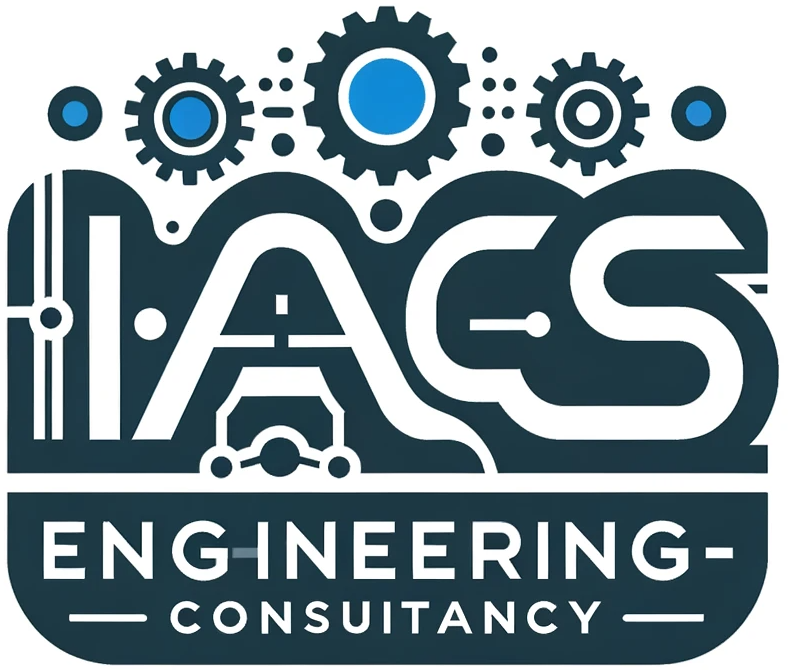Industries leveraging Industrial Automation and Control Systems (IACS) face unique cybersecurity challenges due to interconnected systems, legacy equipment, and operational constraints. Here’s a tailored framework to strengthen cybersecurity while maintaining operational efficiency:
1. Secure Industrial Networks with Zero Trust Architecture
- Key Actions:
- Segment networks using the Purdue Model to isolate critical systems from corporate IT and external access.
- Implement role-based access controls for engineers and operators.
- Enforce Multi-Factor Authentication (MFA) across all IACS components, including remote access systems.
2. Conduct Comprehensive Risk Assessments
- Key Actions:
- Identify critical assets, such as PLCs, SCADA systems, and HMIs, and assess their vulnerabilities.
- Use a risk-based prioritization model to allocate resources effectively.
- Regularly evaluate the diminishing airgap between IT and OT systems to adapt security measures.
3. Deploy Continuous Monitoring and Threat Detection
- Key Actions:
- Integrate tools like Microsoft Defender for IoT to monitor network traffic and detect anomalies in real time.
- Use Security Information and Event Management (SIEM) to collect and analyze logs from OT systems.
- Perform regular OT-specific threat hunting exercises to preempt attacks.
4. Build Resilience into Industrial Processes
- Key Actions:
- Implement backup systems for critical OT software and data to ensure operational continuity.
- Develop and test incident response plans tailored to OT-specific scenarios, such as ransomware targeting SCADA systems.
- Establish redundancy measures to maintain uptime during attacks or system failures.
5. Foster a Culture of Cybersecurity Awareness
- Key Actions:
- Train operators and engineers to recognize and respond to social engineering and phishing attacks.
- Educate teams on secure operation practices, such as managing vendor access and maintaining device hygiene.
- Conduct simulated OT incidents to enhance preparedness and improve response times.
6. Harden Industrial Control Systems
- Key Actions:
- Regularly update firmware and patch vulnerabilities in PLCs, RTUs, and SCADA components.
- Disable unused ports and services on devices to reduce attack surfaces.
- Implement encryption for data transmitted across industrial networks.
7. Conduct Regular Penetration Testing
- Key Actions:
- Perform penetration tests on OT environments to identify vulnerabilities without risking operational disruptions.
- Use the ICS Kill Chain framework to model potential attack vectors and address gaps.
- Prioritize findings from penetration tests to guide investment in security measures.
8. Implement Secure Vendor and Supply Chain Management
- Key Actions:
- Require third-party vendors to comply with industry standards like IEC 62443 and NIST 800-82.
- Verify and monitor the security of updates, patches, and third-party devices introduced into OT environments.
- Establish strong contractual obligations for cybersecurity with suppliers and integrators.
9. Align with Relevant Standards and Frameworks
- Key Standards:
- IEC 62443: For securing industrial automation systems.
- NIST SP 800-82: Guidelines for ICS cybersecurity.
- ISO/IEC 27001: For overarching information security management.
- Key Actions:
- Implement practices aligned with these standards to ensure compliance and global interoperability.
- Use the CIS Controls tailored for ICS environments to structure security measures.
10. Ensure Resilience through Business Continuity Planning
- Key Actions:
- Develop Disaster Recovery Plans (DRPs) specific to OT systems, including backup control centers and data restoration protocols.
- Test Business Continuity Plans (BCPs) under scenarios like ransomware attacks or physical disruptions.
- Regularly validate backup systems and ensure they are isolated from live networks to prevent infection during attacks.
11. Leverage Threat Intelligence and Collaboration
- Key Actions:
- Participate in industry-specific Information Sharing and Analysis Centers (ISACs) to gain insights on threats targeting IACS.
- Use frameworks like MITRE ATT&CK for ICS to understand adversary tactics and strengthen defenses.
- Integrate threat intelligence into OT security operations to stay ahead of attackers.
